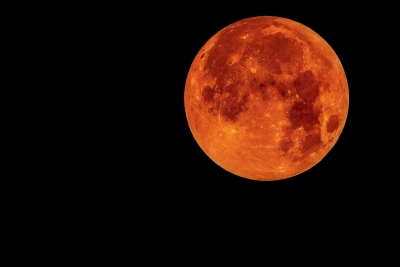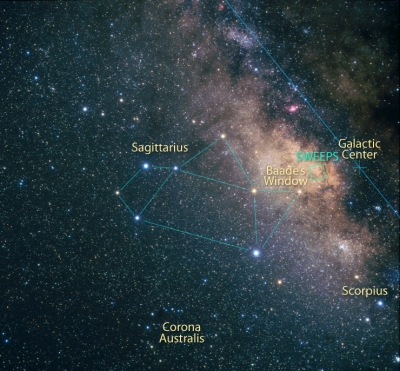Which sea mammal can swim the fastest?

The fastest sea mammal in the world is the killer whale. With its streamlined body and powerful tail, it can speed through the water at up to 55 kph. That’s more than six times faster than the quickest human swimmers.
Is it true? Spinner dolphins spin like tops in the air.
Yes. Spinner dolphins are easy to recognize. They can leap out of the water, high into the air, and then spin around quickly like tops. These amazing acrobats live near the coast in warm seas.
Which is the speediest seal?
The fastest seal in the sea is the California sea lion, with a top speed of 40 kph. The fastest on land is the crabeater seal, reaching 19 kph over snow and ice.
Amazing! Some sea mammals can hold their breath for almost two hours before they have to come to the surface for air. Most humans can only hold their breath for a minute or so.
What is one of the deepest divers?
Sperm whales dive over two kilometres after their food. One sperm whale was even found with two deep-sea sharks in its stomach. It must have dived to three kilometres to catch them.
Picture Credit : Google




